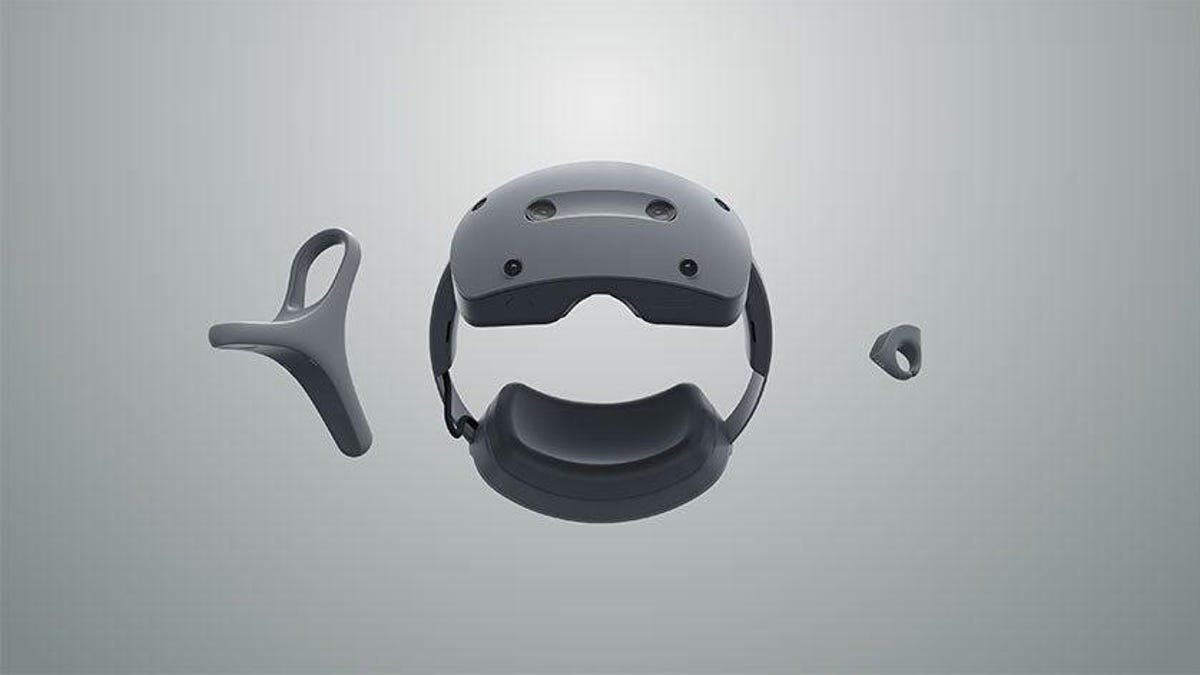
Sony has unveiled a new XR headset at CES 2024 that rivals Apple's Vision Pro in capabilities and design. The Sony-designed headset features 4K OLED microdisplays, the Qualcomm XR2+ Gen 2 chipset, wearable controllers, a flip-up facial interface, and is aimed at professionals for content creation purposes. It will streamline product development by creating 3D prototypes in virtual environments. The device has video see-through functionality and six cameras with sensors to provide user and space tracking for mixed reality experiences.

